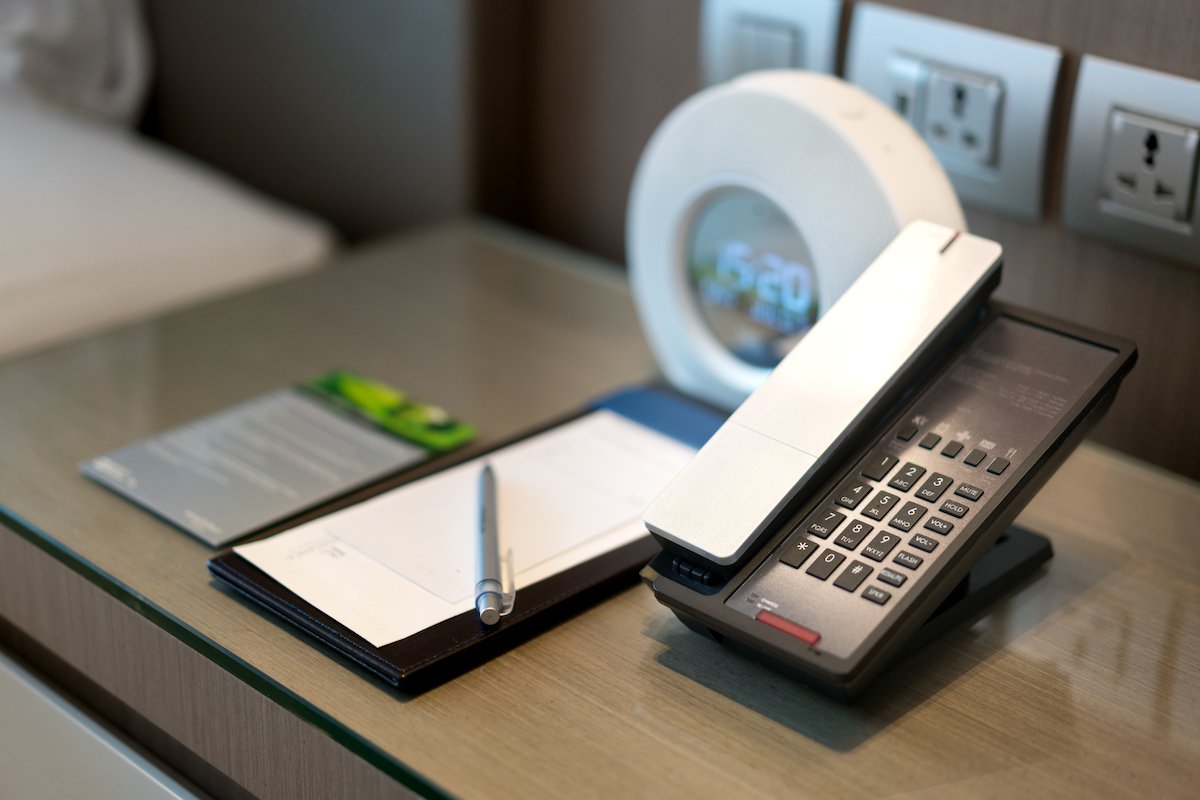
By Tanya Venegas
In mid-June, HFTP hosted the 47th annual Hospitality Industry Technology Exposition and Conference, better known as HITEC. The event occurred in Minneapolis, Minnesota and welcomed more than 6,000 attendees, making it one of the largest hospitality technology conferences in the world. What brought these people together? A common interest in hospitality technology.
Sessions were highly attended and focused on topics including data security, artificial intelligence, biometrics, digital transformation and guest technology. The all-important question attendees walked away asking themselves: What technologies should we invest in at our hotels? This is a difficult question to answer because of the multiple variables impacting the decision, such as brand requirements, hotel location, age of property and a slew of other factors, not to mention divvying up capital versus operational spending.
Spending money on information technology is a necessity in 2019, and it will only grow in importance as we continue to move into the future. On January 1, 2015, the 11th edition of the Uniform System of Accounts for the Lodging Industry (USALI) became effective and provided a shift in thinking when it comes to technology budgeting. The committee that created the 11th edition instituted the use of a new schedule, Schedule 6 — Information and Telecommunications Systems. This schedule was put in place to track operational I&T spending and solidified the integral importance of the information technology department to the overall operation of the business.
Since 2015, lodging operators have had a standard to follow when it comes to operational I&T spending allowing for proper tracking of these expenses and benchmarking standards. Schedule 6 is broken out into four distinct parts: labor costs and related expenses, cost of services, system expenses and other expenses. According to HotStats data for properties in the United States, nearly half of all departmental I&T expenses are dedicated to system expenses, with this number gradually rising over time. In 2016, properties reported 45.2% of I&T expenses were earmarked for system expenses, and this number rose to 49.6% in 2018.
The second largest category of I&T departmental expenses was labor costs and related expenses, which accounted for 28.4% of expenses in 2018 and includes salaries and wages; bonuses and Incentives; contracted, leased and outsourced labor; payroll taxes; supplemental pay; and employee benefits. Next was I&T cost of services, consisting of cost of cell phones, cost of internet services, cost of local calls and cost of long-distance calls, amounting to 13.4% of departmental expenses. Other expenses, such as contract services and operating supplies, finished out departmental costs at 8.6% of total I&T expenses.
It is great to know the breakdown of expenses within the department. However, when analyzed a step further, average operational spending toward the information and telecommunications department can be determined and hotel operators can gauge how well they compare against the industry average. According to 2018 data submitted to HotStats, hotels in the United States dedicated $4.64 per available room or 1.8% of TRevPAR toward I&T expenses. When broken out, this amounted to $2.30 spent on system expenses, $1.32 in labor costs and related expenses, and $1.02 split between cost of services and other expenses. Overall, I&T expenses decreased 5.1% PAR in the three years reported, resulting in a $0.25 savings PAR.
Information & Telecommunication Expenses Per Available Room
| 2016 | 2017 | 2018 | |
| Labor Costs & Related Expenses | $1.33 | $1.34 | $1.32 |
| Cost of Services | $0.72 | $0.62 | $0.62 |
| System Expenses | $2.21 | $2.31 | $2.30 |
| Other Expenses | $0.63 | $0.60 | $0.40 |
| I&T Total Expenses & Payroll | $4.89 | $4.87 | $4.64 |
Some hoteliers may look at these numbers and think they are extremely low, and others may think that spending $4.64 on I&T is entirely too much. To put the numbers in context, most of the data collected was from full service (53.6%), extended stay (24.1%) and luxury (13.3%) properties. Properties in the select service segment accounted for 8.9% of those contributing to the data. Full service and luxury properties would tend to spend more money on I&T, especially those falling into the convention and conference center categories, where offering top-notch IT services would be key to attracting group business.


